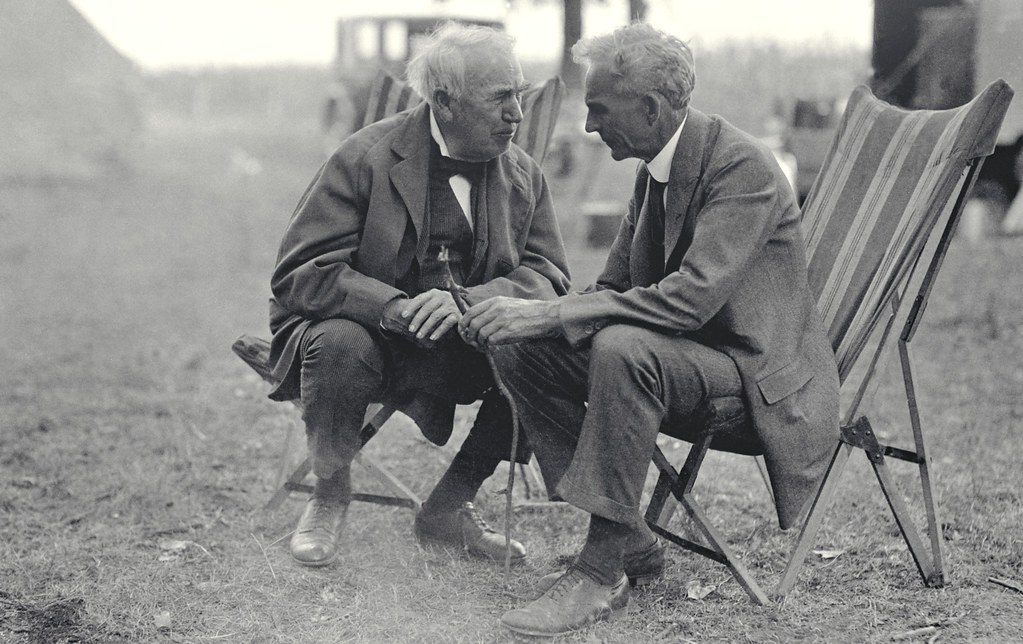-
Incredible, shrinking US Chamber of Commerce goes from 3 million members to just 300,000 in one day! « Climate Progress
-
Superfreakonomics on climate, part 1 – Paul Krugman Blog – NYTimes.com
“OK, I’m working my way through the climate chapter — and the first five pages, by themselves, are enough to discredit the whole thing. Why? Because they grossly misrepresent other peoples’ research, in both climate science and economics.”
Posted from Diigo. The rest of my favorite links are here.





